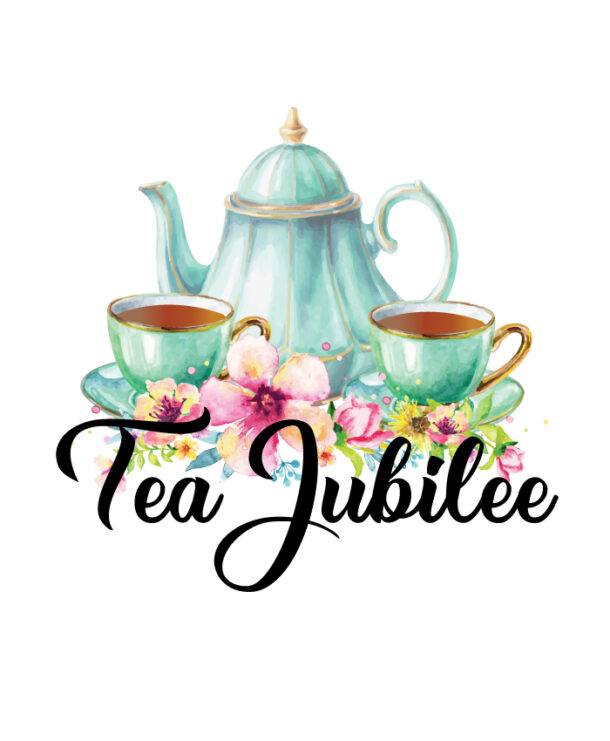==================
A Caveat and Affiliates
First off, a little caveat: within my articles you will find affiliate links, meaning if you buy them, I get a small commission. Your cost is not affected. In addition, I am an Amazon Associate and I earn from qualifying purchases on Amazon.
And yes, if I say that I recommend a product here, it means I truly believe it is a good product. I refuse to recommend any product that I have not researched and believe to be a good value.
Even better, I provide you with a very clear picture of the product, it’s use, and the probable value.
Earning your trust is important to me. I run this website myself and the commissions and donations help support the site.
Sound reasonable and fair enough? Let’s continue to the article.
==================
Contents
Rare Teas in the World: Uncover the Hidden Gems
Ready to find out about the Rare Teas In the World? We have what you might be looking for; this post is all about why you should check out the 5 Rare teas in the world.
And we have links to other posts from tea jubilee as well. So what are you waiting for? Learn more by reading this post. Enjoy.
Introduction to Rare Teas
When it comes to tea, most people are familiar with the classics like green, black, and herbal teas. However, a whole world of rare teas is waiting to be discovered.
These hidden gems offer unique flavors, aromas, and health benefits that set them apart from the ordinary. In this article, I will take you on a journey to explore the world of rare teas, from what makes a tea rare to where to find them and how to brew them properly.
What Makes a Tea Rare?
Before we dive into the world of rare teas, it’s essential to understand what sets them apart. Rare teas are not simply hard-to-find or expensive teas; they are produced in limited quantities and often require special conditions or techniques to cultivate. This rarity can result from various factors, such as the region where the tea is grown, the cultivation methods used, or even the time of year the tea is harvested.
For example, one of the most famous rare teas in the world is Darjeeling tea, which is grown in the Darjeeling region of India. This region’s unique soil, altitude, and climate combination gives Darjeeling tea a distinctive muscatel flavor. Only a limited amount of Darjeeling tea is produced yearly, making it highly sought after by enthusiasts.
The History of Rare Teas
The history of rare teas is as rich and fascinating as the teas themselves. Tea has been cultivated and consumed for centuries, dating back to ancient China.
Tea was initially considered a luxury and reserved for the noble and wealthy. As trade routes expanded and tea became more accessible, the demand for rare and unique teas grew.
During the Tang and Song dynasties in China, tea became an integral part of the culture, and tea ceremonies were developed to celebrate its beauty and intricacy.
These ceremonies often featured rare and precious teas, highly valued for their taste and therapeutic properties. Over time, the art of cultivating and appreciating rare teas spread to other parts of the world, including Japan, India, and Europe.
Different Types of Rare Teas
Rare teas come in a wide variety of types, each with its unique characteristics and flavors. Some of the most sought-after types of rare teas include:
- White Teas: White teas are made from young tea leaves and buds harvested before they open. These teas are known for their delicate flavors, subtle sweetness, and light floral notes. Baihao Yinzhen, also known as Silver Needle, is a highly prized white tea made exclusively from the buds of the tea plant.
- Oolong Teas: Oolong teas are partially oxidized teas that fall between green and black. They can range from light and floral to dark and rich in flavor. Tie Guan Yin, a rare oolong tea from China, is revered for its complex aroma and lingering aftertaste.
- Pu-erh Teas: Pu-erh teas are fermented and aged teas that develop unique flavors and aromas over time. They are often compressed into cakes or bricks and can be aged for decades. Pu-erh teas are known for their earthy, mellow flavors and are highly valued by tea collectors.
Where to Find Rare Teas
If you’re interested in exploring the world of rare teas, there are several places where you can find them. Specialty tea shops and online retailers often carry a selection of rare teas worldwide. These shops are staffed by knowledgeable tea enthusiasts who can guide you in finding the perfect rare tea to suit your taste preferences.
In addition to specialty shops, tea auctions can be a great place to discover rare teas. These auctions bring together tea producers and collectors, creating a platform for unique and limited-edition teas to be bought and sold. Attending a tea auction can be an exciting experience, allowing you to witness the passion and dedication that goes into the world of rare teas.
How to Properly Brew Rare Teas
Brewing rare teas requires a certain level of care and precision to fully experience their flavors and aromas. Here are some general guidelines to follow when brewing rare teas:
- Use filtered water: The quality of the water you use can significantly impact the taste of your tea. Filtered water helps to remove any impurities or chlorine that may affect the flavor of the tea.
- Follow the recommended temperature and steeping time: Different teas require different water temperatures. It’s essential to follow the guidelines provided with the tea to ensure optimal flavor extraction.
- Use a proper tea vessel: A suitable teapot or teacup can enhance your tea-drinking experience. Porcelain or glass vessels are often recommended for rare teas as they allow you to appreciate the color and clarity of the tea.
Health Benefits of Rare Teas
In addition to their unique flavors and aromas, rare teas offer various health benefits. Many rare teas are rich in antioxidants, which help to protect the body against free radicals and oxidative stress. These antioxidants have reduced the risk of chronic diseases like heart disease and cancer.
Some rare teas, like matcha and gyokuro, are also known for their high levels of catechins, a type of antioxidant that has been shown to boost metabolism and promote weight loss. Other rare teas, such as Rooibos and Honeybush, are caffeine-free and can be calming beverages.
Collecting Rare Teas as a Hobby
For tea enthusiasts, collecting rare teas can be a rewarding and fulfilling hobby. It allows you to explore different flavors and aromas, learn about tea’s rich history and cultural significance, and connect with other tea lovers. Building a collection of rare teas can be a lifelong pursuit, as there are always new teas to discover and experience.
Research different types of rare teas and their origins to start your tea collection. Look for reputable tea suppliers or specialty shops that offer a wide range of rare teas. Consider joining tea clubs or online communities where you can share your passion for rare teas and learn from other collectors.
Exploring Rare Tea Cultures Around the World
Tea is a beverage and a cultural experience that varies from country to country. Exploring the tea cultures of different regions can provide a deeper understanding and appreciation for rare teas. Here are a few examples of tea cultures around the world:
- Japan: In Japan, tea is deeply ingrained in the culture, with tea ceremonies being a cherished tradition. Matcha, a powdered green tea, is a staple in Japanese tea ceremonies and is known for its vibrant green color and umami flavor.
- Morocco: In Morocco, tea symbolizes hospitality and is often served to guests as a sign of welcome. Moroccan mint tea, a blend of green tea, fresh mint leaves, and sugar, is a popular choice and is traditionally poured from a height to create a frothy texture.
- Turkey: Turkish tea, also known as çay, is a solid black tea brewed in a unique double teapot called a çaydanlık. It is served in small tulip-shaped glasses and is often enjoyed with sugar or a slice of lemon.
Conclusion
Uncovering the world of rare teas is like embarking on a journey of discovery and delight. From the history and culture behind each tea to the unique flavors and health benefits they offer, rare teas are genuinely hidden gems waiting to be explored. Whether you’re a seasoned tea enthusiast or a curious beginner, I encourage you to step outside your tea comfort zone and dive into the world of rare teas.
More From Tea Jubilee.
5 Potential Side Effects of Chamomile Tea
What is the world’s most rare and expensive tea?
And that’s all for today! Thank you very much for reading about the rare teas In the World; I hope you will take some time to check out my links and leave a comment because I love hearing feedback from my readers.
Have a great day.




